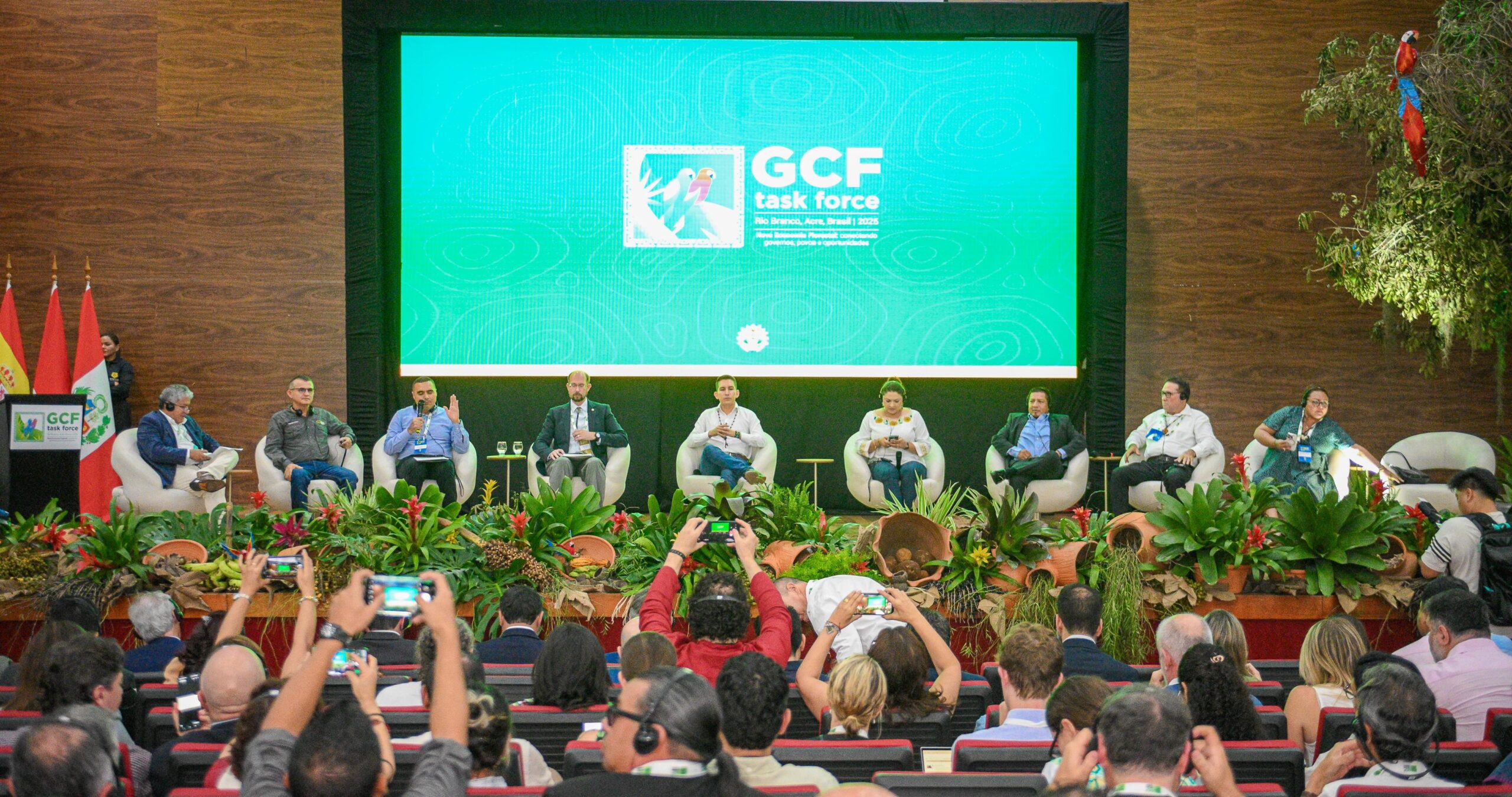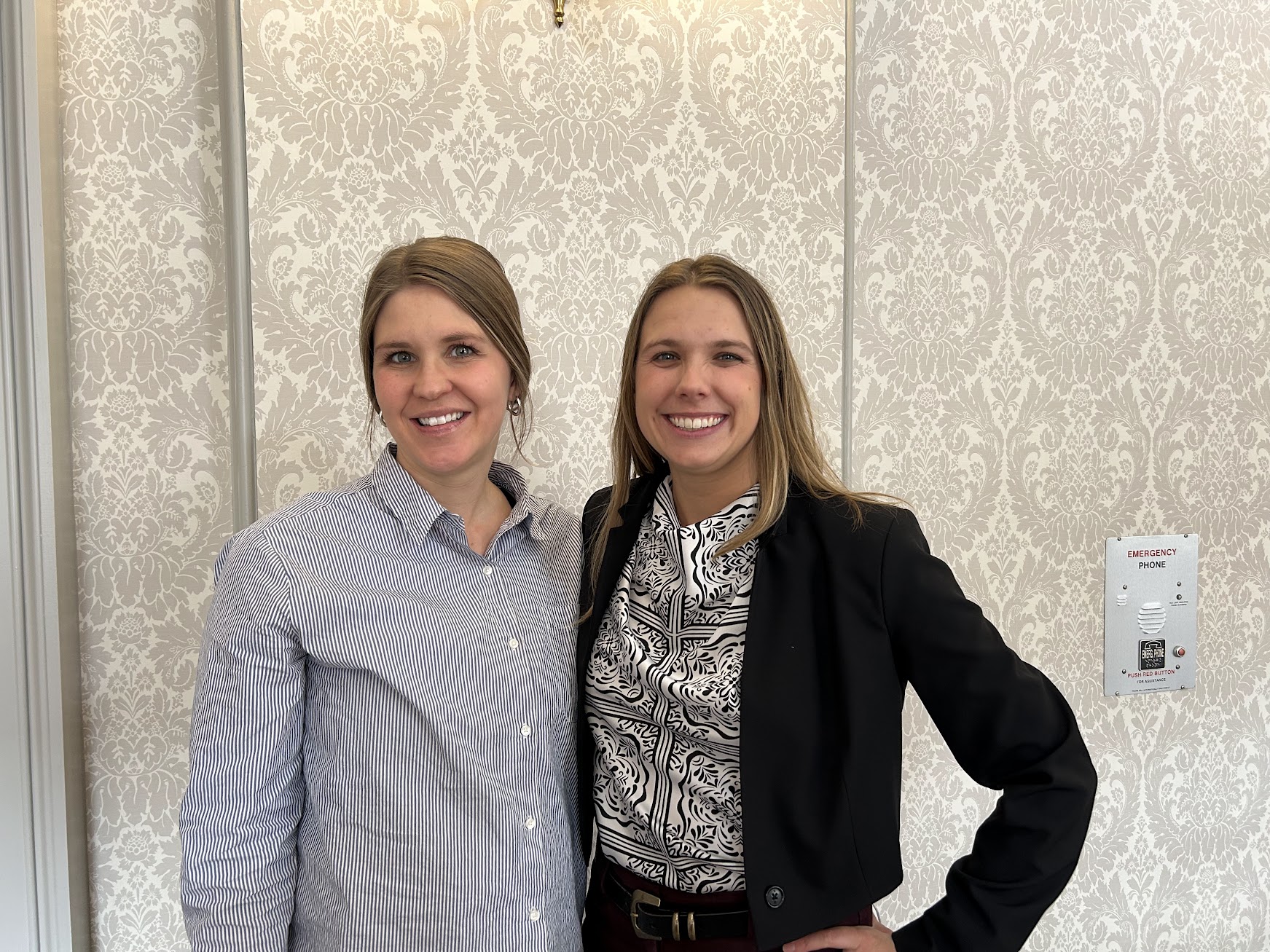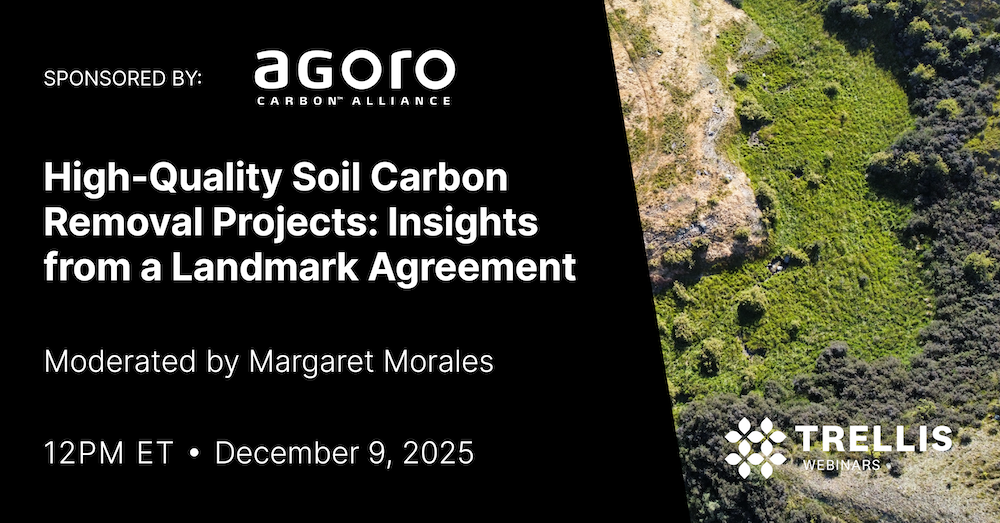Brazil’s COP30 moment to lead on global forest conservation – The Asset

Report on Brazil’s Role in Amazon Protection and Advancing Sustainable Development Goals
The Amazon rainforest is approaching a critical tipping point due to escalating greenhouse gas emissions and continued biodiversity loss. This report outlines Brazil’s strategic initiatives to protect this vital ecosystem and build a sustainable bioeconomy, with a significant focus on its alignment with the United Nations Sustainable Development Goals (SDGs). Brazil’s leadership, culminating at the upcoming COP30 in Belém, is positioned as a pivotal force in the global green transformation.
Strategic Initiatives for Forest Conservation and Bioeconomy
Brazil’s approach is centered on nature-based solutions that integrate environmental imperatives with sustainable economic growth, directly contributing to multiple SDGs. The government has demonstrated a renewed commitment, resulting in a significant decline in deforestation rates.
The Three-Pillar Framework
The national strategy is founded on three core pillars designed to deliver fast and cost-effective results:
- Protect: Safeguarding existing forests to preserve carbon stocks and biodiversity.
- Restore: Rehabilitating degraded ecosystems to enhance their environmental functions.
- Manage: Implementing sustainable land-use practices to support a thriving bioeconomy.
Mechanisms for Forest Protection
Brazil is pioneering innovative domestic and international approaches to forest protection.
- Jurisdictional REDD+: This domestic program aligns with the UN Framework Convention on Climate Change (UNFCCC) to reduce emissions from deforestation. It links carbon finance to state-level performance, rewarding regions for protecting forests and ensuring benefits are shared with indigenous peoples and local communities. The state of Tocantins serves as a key example, with an inclusive program expected to issue high-integrity carbon credits.
- Tropical Forest Forever Facility (TFFF): At the international level, Brazil has proposed this US$125 billion facility. Unlike performance-based carbon markets, the TFFF would provide predictable, long-term payments to developing countries for the conservation of standing forests, correcting a critical market failure.
These complementary approaches are designed to mobilize significant climate finance and catalyze private-sector participation, as exemplified by the Race to Belém initiative.
Restoration and Sustainable Management Goals
Brazil has established ambitious targets that advance restoration and sustainable land management, including:
- Restoring 12 million hectares of forested areas by 2030.
- Converting 40 million hectares of degraded pastureland into productive systems for food, biofuels, and high-productivity forests over the next decade.
- Promoting a bioeconomy that respects nature and local populations, supported by initiatives like the Brazil Restoration and Bioeconomy Finance Coalition, which aims to mobilize US$10 billion in private investment.
Alignment with Sustainable Development Goals (SDGs)
Brazil’s efforts in the Amazon are intrinsically linked to the 2030 Agenda for Sustainable Development, addressing a wide spectrum of goals.
Core Environmental Goals
- SDG 13 (Climate Action): All initiatives directly combat climate change by reducing deforestation, protecting a critical carbon sink, and promoting nature-based solutions to lower greenhouse gas emissions.
- SDG 15 (Life on Land): The strategy is a direct implementation of SDG 15, focused on halting deforestation, restoring degraded land, and conserving the Amazon’s unparalleled biodiversity.
Socio-Economic and Partnership Goals
- SDG 17 (Partnerships for the Goals): The model relies on robust multi-stakeholder partnerships, involving national and subnational governments, the private sector (Race to Belém, finance coalitions), and international frameworks (UNFCCC, TFFF).
- SDG 8 (Decent Work and Economic Growth): The promotion of a sustainable, inclusive bioeconomy aims to create green jobs and foster economic growth that is decoupled from environmental degradation.
- SDG 10 (Reduced Inequalities): A central tenet of the jurisdictional REDD+ programs is ensuring that financial benefits from forest protection are equitably shared with indigenous peoples and local communities.
- SDG 12 (Responsible Consumption and Production): The conversion of degraded pastureland and the focus on a bioeconomy encourage more sustainable patterns of production for food and other resources.
Conclusion and Forward Outlook
The COP30 conference in Belém represents a defining moment for global climate action. By hosting the event on the edge of the Amazon, Brazil is positioned to showcase a comprehensive menu of proven, nature-based solutions. The success of these initiatives hinges on the continued ability to harness national policy, subnational action, and private-sector engagement. By building on its current progress, Brazil has the opportunity to spearhead a new global model of climate action that effectively integrates environmental stewardship with the broader Sustainable Development Goals.
1. Which SDGs are addressed or connected to the issues highlighted in the article?
SDG 13: Climate Action
- The article is fundamentally about climate action, focusing on the Amazon rainforest’s role as a “powerful defence against climate change” and a “carbon sink.” It discusses the urgency of averting “climate catastrophe” by reducing greenhouse gas emissions through forest protection, referencing the UN Climate Change Conference (COP30) and the UN Framework Convention on Climate Change (UNFCCC).
SDG 15: Life on Land
- This goal is central to the article, which details efforts to address “nature loss” and protect the Amazon, a “reservoir of biodiversity.” It explicitly mentions the three pillars of nature-based solutions: “protect, restore and manage.” The text highlights specific actions like halting deforestation, restoring forested areas and degraded pastureland, and promoting the sustainable management of forests.
SDG 17: Partnerships for the Goals
- The article emphasizes the need for “robust partnerships” to achieve a “global green transformation.” It provides numerous examples, including jurisdictional approaches linking states with international frameworks (Redd+), public-private initiatives (Race to Belém, Brazil Restoration and Bioeconomy Finance Coalition), and international financial mechanisms (Tropical Forest Forever Facility). It highlights collaboration between national governments, subnational actors, the private sector, and international bodies.
SDG 8: Decent Work and Economic Growth
- The article connects environmental protection with economic development by advocating for a “sustainable, inclusive bioeconomy.” It discusses converting degraded land into “productive systems for food, biofuels, and high-productivity forests,” which aims to decouple economic growth from environmental degradation and create sustainable economic opportunities.
2. What specific targets under those SDGs can be identified based on the article’s content?
SDG 13: Climate Action
- Target 13.2: Integrate climate change measures into national policies, strategies and planning.
- The article points to “Brazil’s renewed commitment to forest protection, under President Luiz Inácio Lula da Silva’s administration” and its efforts to harness “national policy” as evidence of integrating climate action into its national strategy.
SDG 15: Life on Land
- Target 15.2: Promote the implementation of sustainable management of all types of forests, halt deforestation, restore degraded forests and substantially increase afforestation and reforestation globally.
- This is directly addressed by Brazil’s goal of “restoring 12 million hectares of forested areas by 2030” and the observed “sharp decline in deforestation rates.”
- Target 15.3: Combat desertification, restore degraded land and soil… and strive to achieve a land degradation-neutral world.
- The article mentions Brazil’s goal of “converting 40 million hectares of degraded pastureland into productive systems” over the next decade.
- Target 15.9: Integrate ecosystem and biodiversity values into national and local planning, development processes…
- The promotion of a “bioeconomy that respects nature and people” is a direct application of this target, integrating natural value into economic planning.
- Target 15.b: Mobilize and significantly increase financial resources from all sources to conserve and sustainably use biodiversity and ecosystems.
- The article details several financial mobilization efforts, including the proposed “US$125 billion Tropical Forest Forever Facility (TFFF),” the goal to “mobilize US$10 billion in private investment by 2030” through the Brazil Restoration and Bioeconomy Finance Coalition, and the use of carbon finance through Redd+.
SDG 17: Partnerships for the Goals
- Target 17.16: Enhance the global partnership for sustainable development, complemented by multi-stakeholder partnerships…
- The entire strategy described involves partnerships between the Brazilian government, states like Tocantins, the private sector (“Race to Belém” initiative), and international frameworks like the UNFCCC.
- Target 17.17: Encourage and promote effective public, public-private and civil society partnerships…
- The article showcases this through initiatives like the “jurisdictional Redd+ programmes” which involve government and communities, and the “Brazil Restoration and Bioeconomy Finance Coalition,” which highlights the “growing role of the business sector.”
SDG 8: Decent Work and Economic Growth
- Target 8.4: Improve progressively, through 2030, global resource efficiency in consumption and production and endeavour to decouple economic growth from environmental degradation…
- The article’s focus on building a “sustainable, inclusive bioeconomy” and using “nature-based solutions” to ensure “sustainable economic growth” directly aligns with this target of creating economic value without harming the environment.
3. Are there any indicators mentioned or implied in the article that can be used to measure progress towards the identified targets?
- Rate of deforestation: The article explicitly mentions a “sharp decline in deforestation rates” in Brazil as a key measure of success. This is a direct indicator for progress on halting deforestation (Target 15.2).
- Area of forest restored: A specific, quantifiable goal is stated: “restoring 12 million hectares of forested areas by 2030.” This serves as a direct indicator for Target 15.2.
- Area of degraded land restored: The goal of “converting 40 million hectares of degraded pastureland into productive systems” is a measurable indicator for progress on Target 15.3.
- Financial resources mobilized: The article provides several quantifiable financial indicators for Target 15.b and 17.3, including the proposed “US$125 billion” for the TFFF and the goal to “mobilize US$10 billion in private investment by 2030” for the Brazil Restoration and Bioeconomy Finance Coalition.
- Hectares of forest conserved: The TFFF proposes making “payments to countries based on the number of hectares conserved,” which acts as a direct indicator of conservation efforts.
- Generation of carbon credits: The article mentions that the state of Tocantins aims to “generate high-integrity carbon credits” and expects an “initial issuance of jurisdictional Redd+ credits,” which is a measurable output of its climate and forest protection programs.
4. Table of SDGs, Targets, and Indicators
| SDGs | Targets | Indicators |
|---|---|---|
| SDG 13: Climate Action | 13.2: Integrate climate change measures into national policies, strategies and planning. | Brazil’s renewed national policy and commitment to forest protection under the current administration. |
| SDG 15: Life on Land | 15.2: Halt deforestation, restore degraded forests and increase reforestation. | – Sharp decline in deforestation rates. – Goal to restore 12 million hectares of forested areas by 2030. |
| 15.3: Restore degraded land and soil. | Goal to convert 40 million hectares of degraded pastureland. | |
| 15.9: Integrate ecosystem and biodiversity values into national and local planning. | Promotion of a “bioeconomy that respects nature and people.” | |
| 15.b: Mobilize financial resources to conserve and sustainably use biodiversity. | – Proposed US$125 billion for the Tropical Forest Forever Facility (TFFF). – Goal to mobilize US$10 billion in private investment by 2030. – Payments based on the number of hectares conserved. |
|
| SDG 8: Decent Work and Economic Growth | 8.4: Decouple economic growth from environmental degradation. | Development of a “sustainable, inclusive bioeconomy” and “productive systems for food, biofuels, and high-productivity forests.” |
| SDG 17: Partnerships for the Goals | 17.16 & 17.17: Enhance global and multi-stakeholder partnerships (public, public-private, civil society). | – Implementation of jurisdictional Redd+ programmes. – Creation of the “Race to Belém” initiative. – Establishment of the “Brazil Restoration and Bioeconomy Finance Coalition.” |
Source: theasset.com

What is Your Reaction?
 Like
0
Like
0
 Dislike
0
Dislike
0
 Love
0
Love
0
 Funny
0
Funny
0
 Angry
0
Angry
0
 Sad
0
Sad
0
 Wow
0
Wow
0













































































